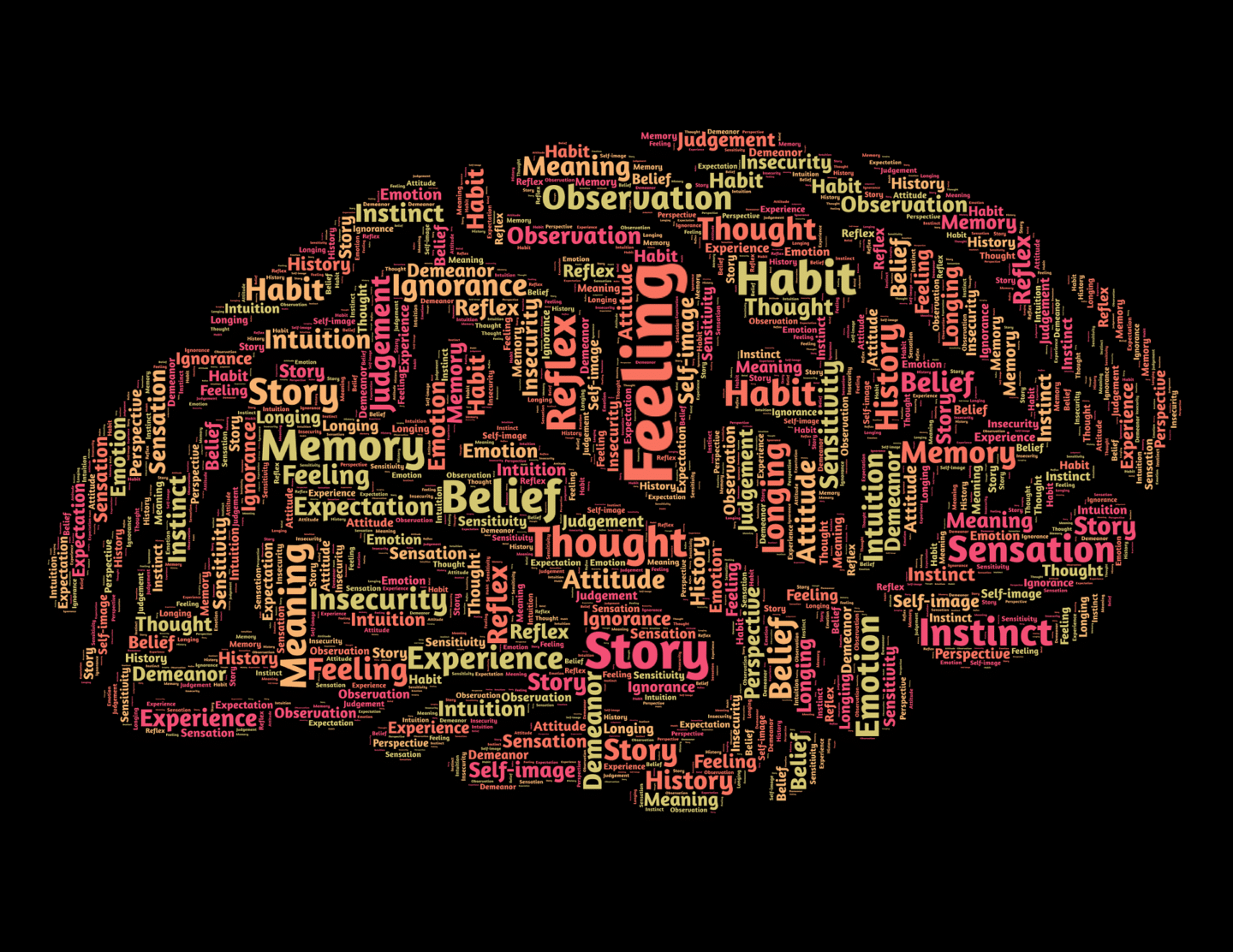Our dedication lies not just in treating symptoms but in addressing the root causes, offering a holistic approach that integrates the best of therapeutic practices with the warmth of community support.
Addressing Trauma to Treat Addiction

Trauma Treatment in Northern Virginia
Numerous studies over the past two decades have shown a consistent association between exposure to trauma and substance use disorders (Khoury, Tang, Beck, Kubells & Ressler, 2011; Min, Farkas, Minnes & Singer, 2007; Najavits, Weiss, & Shaw, 1997).
Nevertheless, the majority of treatments for substance use disorders ignore the potential impact of trauma on cognitive functioning; and, instead, rely heavily on methods that require the mental capacity to learn and apply new skills. Such methods fail to address nervous system dysregulation that hijacks cortical functioning and undermines new learning. A trauma-informed approach that prioritizes resource development and stabilization is required to effectively treat traumatized individuals struggling with substance use disorder (Fisher, 2017).
Neuroscientific research on trauma over the past two decades has repeatedly shown that exposure to trauma results in specific changes in brain functioning (LeDoux, 2002; Ogden, Mindon & Pain, 2006; van der Kolk, 2014). Notably, individuals exposed to a threat – or trauma-related stimuli that are reminiscent of a past threat – experience increased sympathetic nervous system arousal, as well as an inhibition of the prefrontal cortex (LeDoux, 2002).
The Role Of the Nervous System in Addiction
The sympathetic nervous system mobilizes in response to stimuli reminiscent of a threat and shuts down the prefrontal cortex. Additionally, repeated traumatic exposure increases sensitivity to even the most subtle trauma-related stimuli, which increases the frequency and intensity of nervous system activation and subsequent decreases in cortical activation.
The sudden escalation of nervous system arousal (i.e., rapid heart rate, increased energy, rapid breathing) that occurs when trauma-related neural networks are stimulated contributes to a subjective sense of threat to life that is experienced as if the past event is occurring again in present time (Ogden & Fisher, 2015). In response to such overwhelming experiences, traumatized individuals often develop procedural (i.e., unconscious and automatic) tendencies aimed at suppressing internal states and reactions that have no obvious trigger or connection to specific events.
A common and effective method used to stop or disconnect from overwhelming emotions and bodily sensations is through self-medication with addictive substances. Unfortunately, this strategy for regulating arousal sets in motion a cycle of re-traumatizing self-destructive responses to trauma-related stimuli (Fisher, 2017). Each use results in immediate, yet short-term, relief and a sense of control over a chronically dysregulated autonomic nervous system.
This is typically followed by a rebound effect, negative social consequences, or further traumatic exposure, which increases the likelihood that the same impulsive behaviors will be stimulated again (van der Kolk, 2014). The body eventually begins to develop increased tolerance for the substance, requiring increased use and amounts to achieve the same degree of relief.
Through a trauma-informed lens, substance use is a symptom that developed to manage triggered memories that are experienced as overwhelming bodily and emotional states that do not carry with them the sense that something is being recalled (Siegel, 1999). Addiction to substances arises as a survival strategy to alter consciousness and gain distance from or numb overwhelming re-experiencing events. Although this strategy works in the short-term to address the fear of traumatic responses initiated by the amygdala, the addiction eventually becomes more dangerous than the symptoms it is regulating. In other words, addictive and compulsive behaviors are seen as adaptations gone awry.
Mindfulness Meditation in Treating Trauma & Addiction
An integrated trauma-informed model for treating substance use disorder must operate in a phasic manner. The first task is to increase activity in the prefrontal cortex so that the amygdala is less able to express fear (LeDoux, 2003). This is done through increasing the ability to be mindful; that is, helping clients to observe their experience with curiosity instead of judgment, thereby waking up the frontal lobes to study patterns of reacting and behaving that have become procedural and are outside of awareness. The process of increasing mindfulness builds curiosity and tends to lessen the need to act out. Moreover, it helps to redirect attention to the relationship between trauma-related responses and addictive behavior.
The second task to help clients develop body-based resources that help to regulate arousal so that clients can begin considering and developing activities that directly disrupt old procedurally learned patterns of behavior. Somatically-based resources include breathwork, postural alignment and adjustment, grounding exercises, and mindful movement (Ogden & Fisher, 2015).
Through the combination of mindfulness-based practices and the development of somatic resources for traumatic reactions, clients learn to accept and connect with their feelings and impulses. As they cultivate the ability to mindfully track present moment experience, clients are able to identify nervous system arousal and emotional reactions as relics of past experiences.
Moreover, somatic resources to regulate arousal provide a sense of agency and mastery over experience, increasing their ability to inhibit substance use as the sole form of managing fear responses. With increased stabilization and a wider repertoire of resources, clients are now better set-up to tolerate abstinence, access cognitive behavioral strategies and engage in a life of recovery that is pleasurable and meaningful.
National Collegiate Recovery Conference
Our very own Dr. Michael Baly, Ph.D. will be presenting at the Association of Recovery in Higher Education National Collegiate Recovery Conference this summer (June 29-July 2) in Boston, MA.
If you plan to attend, we hope that you will check out Dr. Baly’s presentation, “Resourcing Collegiate Students through Integrative Trauma-informed Approaches in the Treatment of Substance Use Disorder”.
Let Us Support You On Your Recovery Journey!
Copyright 2025 Encore Outpatient Services | All Rights Reserved



